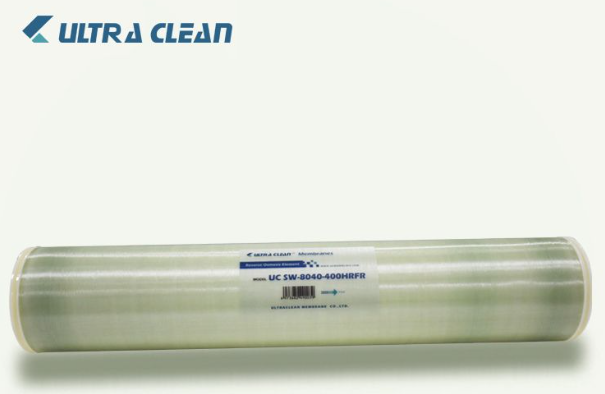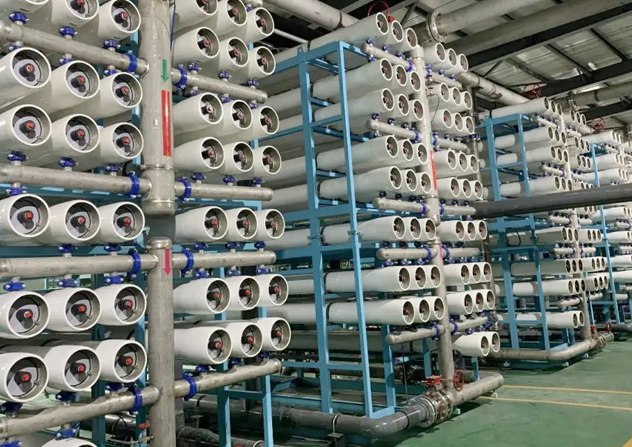There are a variety of environments and variables that can affect the rate that your membranes degrade. Membranes that need to be cleaned or replaced will let you know in the form of performance data when you see that your energy consumption has increased or if you notice higher pressures are required to make the same amount of water. Some changes, like decreased salt rejection, are symptoms of permanent damage like chemical attack and cannot be recovered with cleaning. While RO systems can be lower energy consumers than other purification methods like distillation, you can still see increased costs by running membranes that aren't performing as they should. Keep in mind that if you decide not to change your membranes for an extended amount of time, you risk the service life of every other component and downstream equipment in your system.

Well, it depends… Sorry, but the recovery percentage, feedwater quality, pretreatment effectiveness, maintenance regularity, applications requirement, and a whole host of other factors play into determining the cleaning or replacement interval for RO membranes. You need to be very in tune with your system and understand how it performs overall and how seasonal fluctuations in feedwater like temperature and quality can impact performance. In general, systems with higher recovery or systems that treat dirtier water see the most frequent cleanings or replacements. Certain industries follow rough guidelines with most pharmaceutical applications cleaning membranes at least every year and replacing on a set interval every 3-5 years, beverage manufacturers cleaning quarterly and running to fail within 3-7 years, and municipal and seawater replacing annually. These numbers can vary, but they guide when you need to analyze your system performance to see if replacement makes sense.
Cleaning your membranes is a great way to extend their service life. Membranes that are cleaned and well maintained will save you money in reduced energy costs, less waste, and better product quality. If you don’t have a membrane cleaning program in place, contact your service provider to get a longer service life out of your membranes. Different cleaning procedures are used to remove different types of contamination, and elements can be cleaned in place (CIP) with the right equipment or removed and cleaned off-site. For example, acids are often used to dissolve hardness scaling, bases (caustic) are often used to remove organic fouling, surfactants and chelating agents are used to remove fouling or heavy metals. In addition, there are many suppliers of proprietary cleaning solutions that address multiple contaminants simultaneously. Keep in mind that it’s not always possible to gain back all the baseline performance of the element, and aggressive cleaning can damage the membrane surface. Therefore, the best strategy for scale and fouling is to prevent it from forming in the first place.

There are a variety of environments and variables that can affect the rate that your membranes degrade. Membranes that need to be cleaned or replaced will let you know in the form of performance data when you see that your energy consumption has increased or if you notice higher pressures are required to make the same amount of water. Some changes, like decreased salt rejection, are symptoms of permanent damage like chemical attack and cannot be recovered with cleaning. While RO systems can be lower energy consumers than other purification methods like distillation, you can still see increased costs by running membranes that aren’t performing as they should. Keep in mind that if you decide not to change your membranes for an extended amount of time, you risk the service life of every other component and downstream equipment in your system.
Changing RO membrane elements is a simple task that is labor-intensive, includes repetitive steps that can be overlooked, and sometimes requires unusual handling when using specialized membranes. Therefore, UltraClean recommends a professional field service technician performs or leads the task to ensure no mistakes are made, especially if membrane replacement is an infrequent activity for the system owner. UltraClean field technicians are trained on all makes and models of reverse osmosis equipment and have many years of experience to ensure proper installation and peak performance.